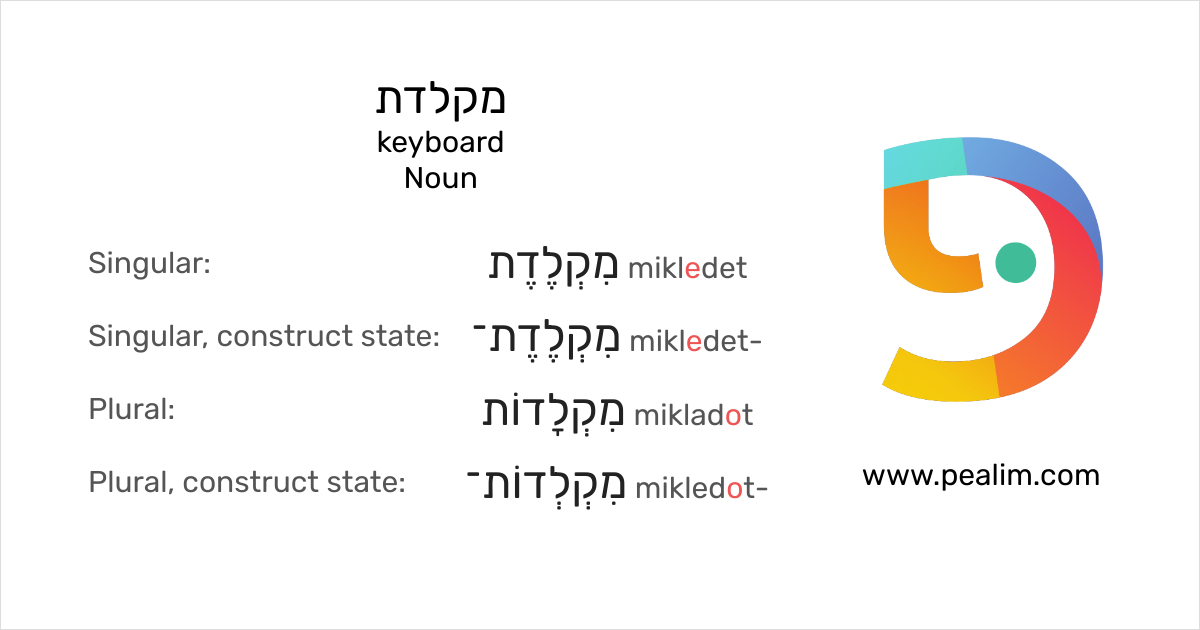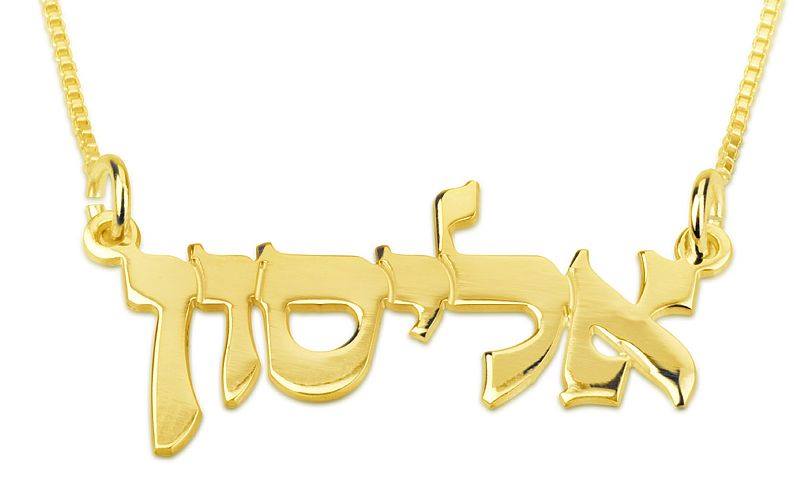


The Aleppo Codex, a tenth century Masoretic Text of the Hebrew Bible.

The Arabic and Hebrew alphabets have similarities because they are both derived from the Aramaic alphabet.

The Yiddish alphabet, a modified version of the Hebrew alphabet used to write Yiddish, is a true alphabet, with all vowels rendered in the spelling, except in the case of inherited Hebrew words, which typically retain their Hebrew spellings. There is a trend in Modern Hebrew towards the use of matres lectionis to indicate vowels that have traditionally gone unwritten, a practice known as 'full spelling'. In both biblical and rabbinic Hebrew, the letters י ו ה א can also function as matres lectionis, which is when certain consonants are used to indicate vowels. As with other abjads, such as the Arabic alphabet, during its centuries-long use scribes devised means of indicating vowel sounds by separate vowel points, known in Hebrew as niqqud. Originally, the alphabet was an abjad consisting only of consonants, but is now considered an 'impure abjad'. It does not have case, but five letters have different forms when used at the end of a word. In the remainder of this article, the term 'Hebrew alphabet' refers to the square script unless otherwise indicated. Various 'styles' (in current terms, 'fonts') of representation of the Jewish script letters described in this article also exist, including a variety of cursive Hebrew styles. 'Assyrian'), since its origins were alleged to be from Assyria. The present 'Jewish script' or 'square script', on the contrary, is a stylized form of the Aramaic alphabet and was known by Jewish sages as the Ashuri alphabet (lit. The original, old Hebrew script, known as the paleo-Hebrew alphabet, has been largely preserved in a variant form as the Samaritan alphabet. Historically, two separate abjad scripts have been used to write Hebrew. It is also used in the writing of other Jewish languages, most notably Yiddish, Judaeo-Spanish, Judeo-Arabic, and Judeo-Persian. The Hebrew alphabet (Hebrew: אָלֶף־בֵּית עִבְרִי, Alefbet ‘Ivri), known variously by scholars as the Jewish script, square script, and block script, is an abjad script used in the writing of the Hebrew language. Santali alphabet (or Ol Chiki script) 1925 CEīorama alphabet 1933 CEKaddare script (resembling Osmanya script and Brahmi script.) 1952 CE CE (syllabic version established in 1974)


 0 kommentar(er)
0 kommentar(er)
